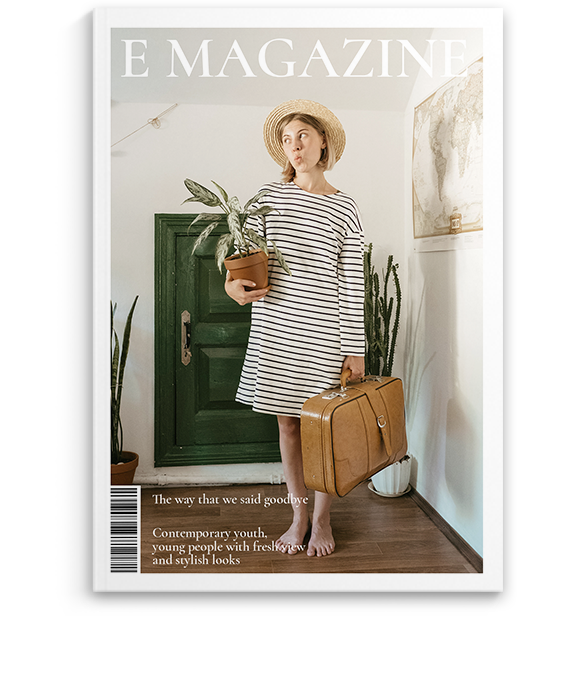
The fascinating story of Marietta Barovier and the invention of the Murano rosette
The Invention of the Rosetta
Thus, Marietta, armed with the knowledge inherited from her father and her own creativity, devoted herself to experimenting with new glassmaking techniques. Her most brilliant intuition was the invention of multi-colored glass canes, with star or flower-shaped sections, which took the name “rosette“.
These canes, composed of skillfully juxtaposed different colored glasses, could be cut into sections to create small perforated cylinders, the “paternostri a rosette“,destined for the production of refined glass jewelry. But Marietta’s true genius was to intuit the decorative potential of these canes also for blown glass.

The first muranese “Millefiori”
By cutting the rosetta canes into small sections and fusing them onto the incandescent surface of a glass object, Marietta created an extraordinary decoration, made of a thousand multicolored tiny flowers. Thus were born the first “millefiori” glasses, which amazed with their beauty and complexity.
“Oldani”, knife handles, buckets, small bowls: many objects that came out of Marietta’s furnace flaunted these floral decorations, soon becoming highly sought after and contributing to increasing the fame of Muranese glassmaking in the world.

Marietta’s legacy in contemporary Murrine
The art of rosette conceived by Marietta Barovier laid the foundation for the development of murrine, which still today represent one of the most iconic and appreciated techniques of Murano glass.
Contemporary murrine,an evolution of ancient rosette, are glass canes that enclose abstract or figurative designs and motifs, obtained through a complex process of multiple layers of colored glass. Cut into sections, the murrine are then fused to create objects with a hypnotic and kaleidoscopic decoration.
From traditional bowls and vases,to jewelry, sculptures and contemporary art installations, murrine continue to fascinate with their timeless beauty. Glass designers and artists reinterpret this ancient technique in a modern key, giving life to unique creations that blend tradition and innovation.
Thus, the legacy of Marietta Barovier lives on every day in the skilled hands of Murano glassmakers, who with passion and dedication carry on a centuries-old art, reinventing it with flair and creativity. In every murrina shines a bit of Marietta’s pioneering spirit, her love for experimentation and her desire to create beauty through glass.
An icon of women’s Glassmaking Art
The figure of Marietta Barovier, although shrouded in the halo of legend, represents a beacon for all women who, over the centuries, have contributed to Muranese glassmaking art. Her story reminds us that talent and passion know no gender barriers, and that innovation often arises from a different perspective on tradition.
Today, visiting the furnaces of Murano, it is not uncommon to meet young women artisans who, like Marietta, dedicate themselves with love and devotion to this fascinating craft. In their hands, the ancient art of rosette and murrine is renewed day by day, giving life to creations that enchant with their timeless beauty.
Thus, the legend of Marietta Barovier continues to inspire and transmit the magic of Murano glass, reminding us that art is a universal language capable of uniting past, present and future in a single, marvelous dance of light and color.

